News
Sep. 15, 2022
Most cars will have disc brakes on their front wheels and either disc or drum brakes on their back wheels.
With disc brakes, when you press the brake pedal, the hydraulic brake fluid makes the brake caliper push the brake pad against the brake disc. As the brake pad rubs against the brake disc, the friction slows down the wheels.
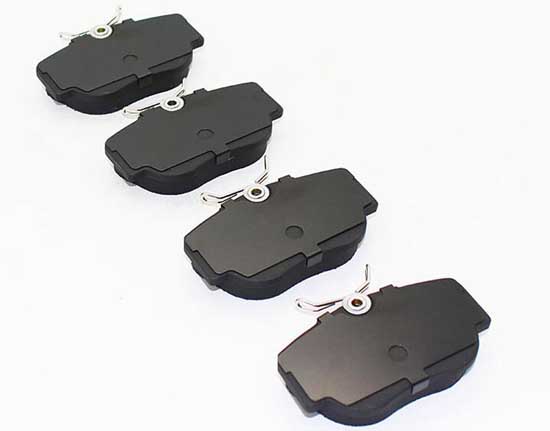
● Brake discs - Metal discs that rotate along with the wheel.
● Brake pads - Pads on either side of the brake discs that cause friction when the brake pedal’s pressed.
● Brake calipers - Contain the piston and brake pads. They clamp onto the disc when braking.
● Brake lines - Transport brake fluid through the braking system.
● Brake fluid - Fills the brake lines and uses hydraulic pressure to activate the calipers when the brake pedal’s pressed.
● Brake master cylinder - A hydraulic piston attached to the brake pedal to pressurise the braking circuit and activate the brakes.
● Brake servo - Attached to the master cylinder, it uses vacuum generated by the vehicle's engine or a pump to increase the pressure when the brake pedal's pressed.
Disc brakes are more expensive than drum brakes and are usually considered to be better. Braking creates a lot of heat which needs to escape quickly. Disc brakes work well because they:
● Have a more open design which lets in air to cool them down and makes them less likely to overheat.
● Work better in wet conditions.
● Are less likely to lock up.
It’s normal to see discs at the front, where they do most of the braking. Cheaper drum brakes are often used on the rear wheels as parking brakes. Larger or more powerful cars tend to have disc brakes on all 4 wheels.
A car's handbrake activates a cable which squeezes the rear brake pads closed and stops the car moving. Some cars have separate discs and pads specifically for the handbrake.
Other cars have an electronic parking brake which uses a button instead of a handbrake. The car’s handbook will show how to release the brakes if the car battery's flat.
Anti-lock brakes include a sensor on the wheel hub which senses how fast the wheels are going. When you brake, the ABS senses if the wheels are about to lock. An ABS pump, with a piston for each wheel, rapidly pulsates pressure to the wheel(s) about to lock. That prevents the car from skidding and helps the driver to maintain control.
For more information about "How do car brakes work?", pls feel free to contact us.
Related News
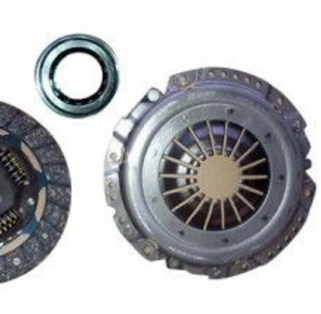
Function and Characteristics of Automotive Clutch
Jun. 28, 2023
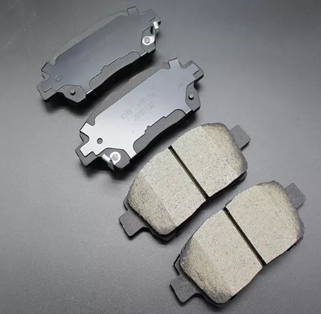
Brake Shoe vs. Brake Pad: What's the Difference?
Jun. 16, 2023
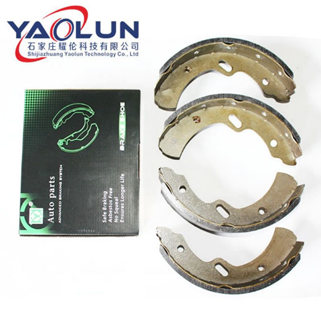
Common Signs of Worn-out Brake Shoe
May. 26, 2023
Product Categories
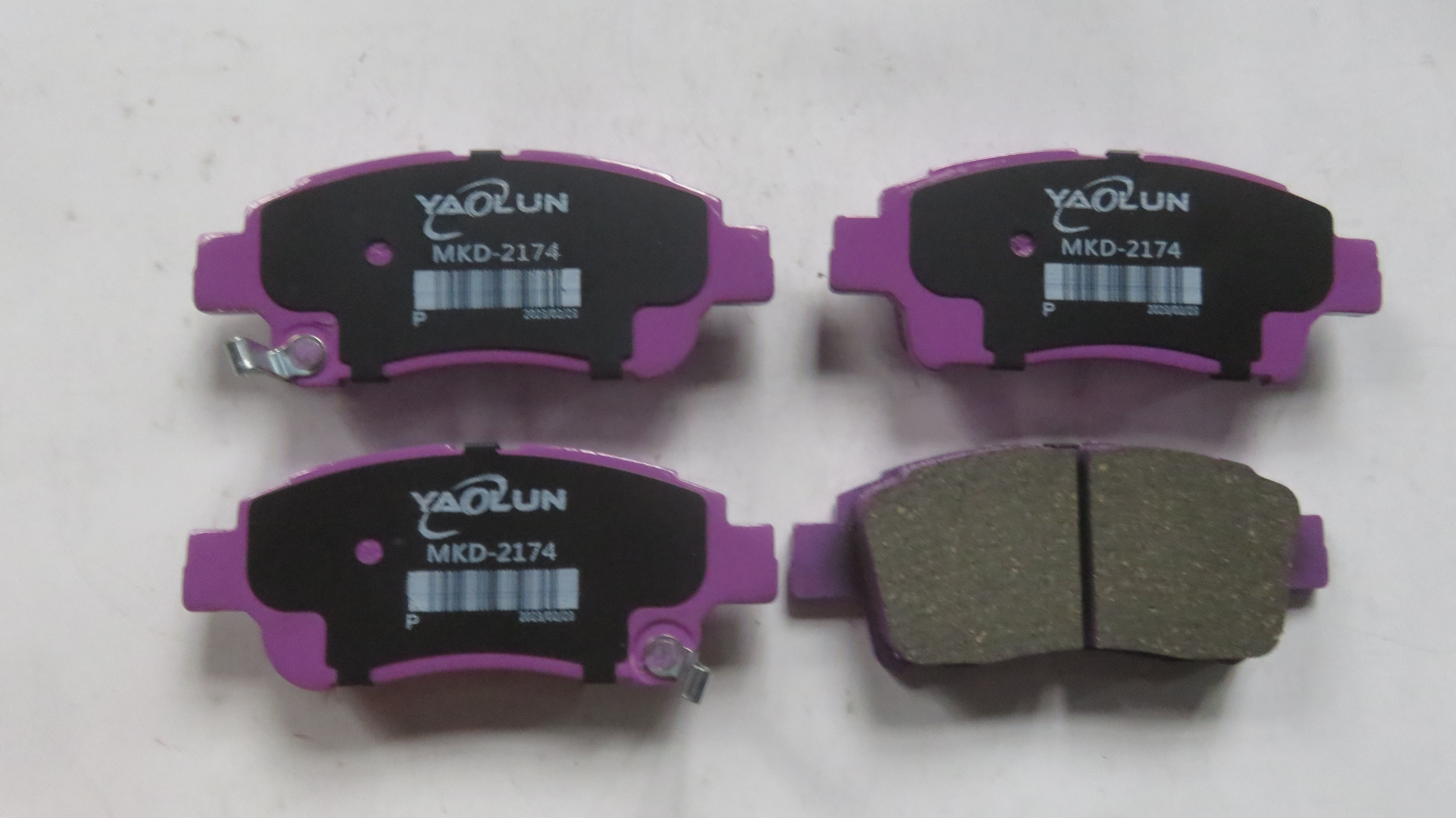
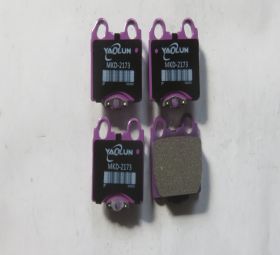
Brake Pads MKD2173 LEXUS,TOYOTA GS,IS,SC,Crown,Majesta, Royal 1jz ,2jz,1G 1997-2011 REAR
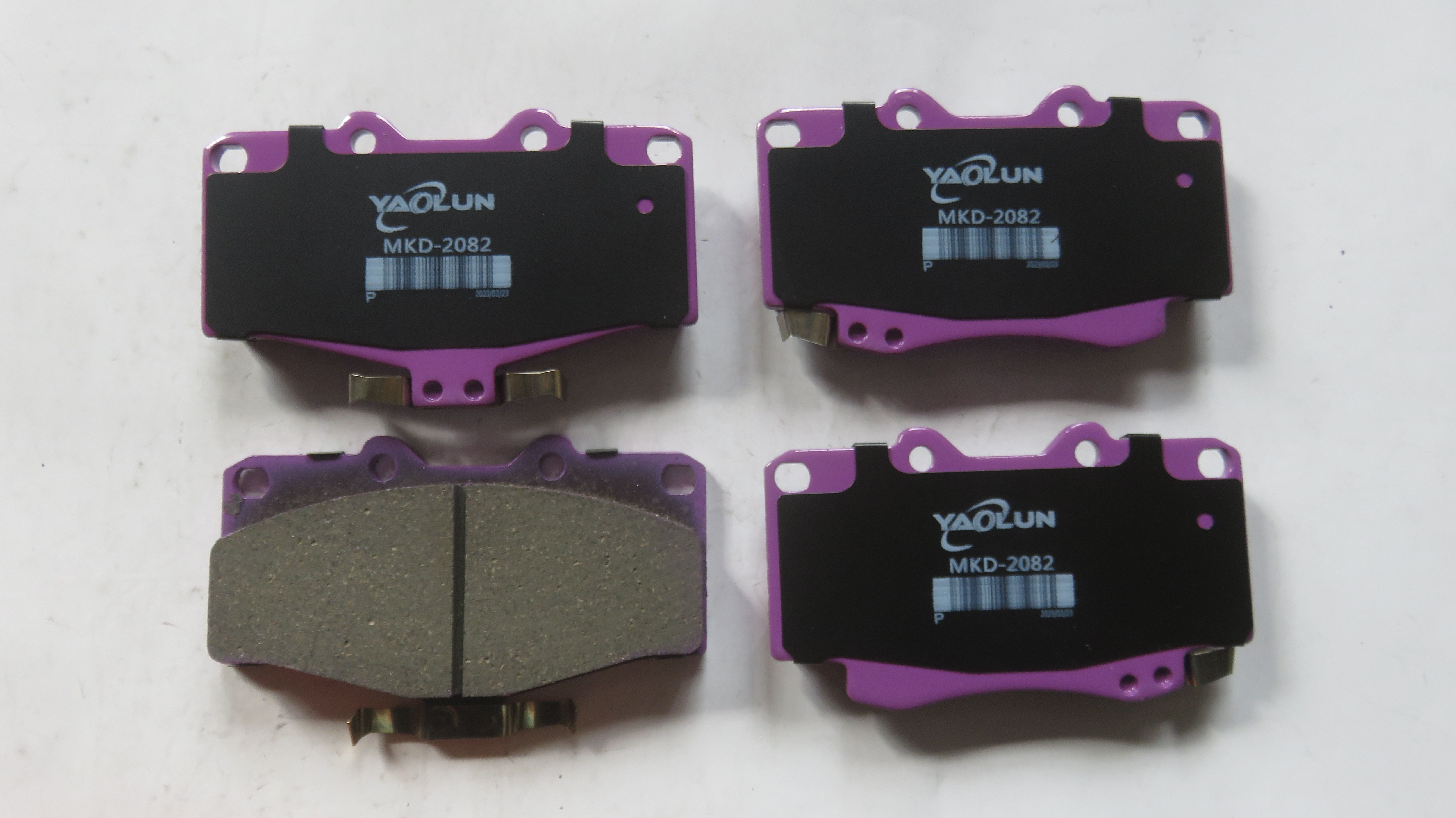
Brake pads MKD2082 TOYOTA L/C 1990-1998 Lexus LX450 1996-1997 FRONT
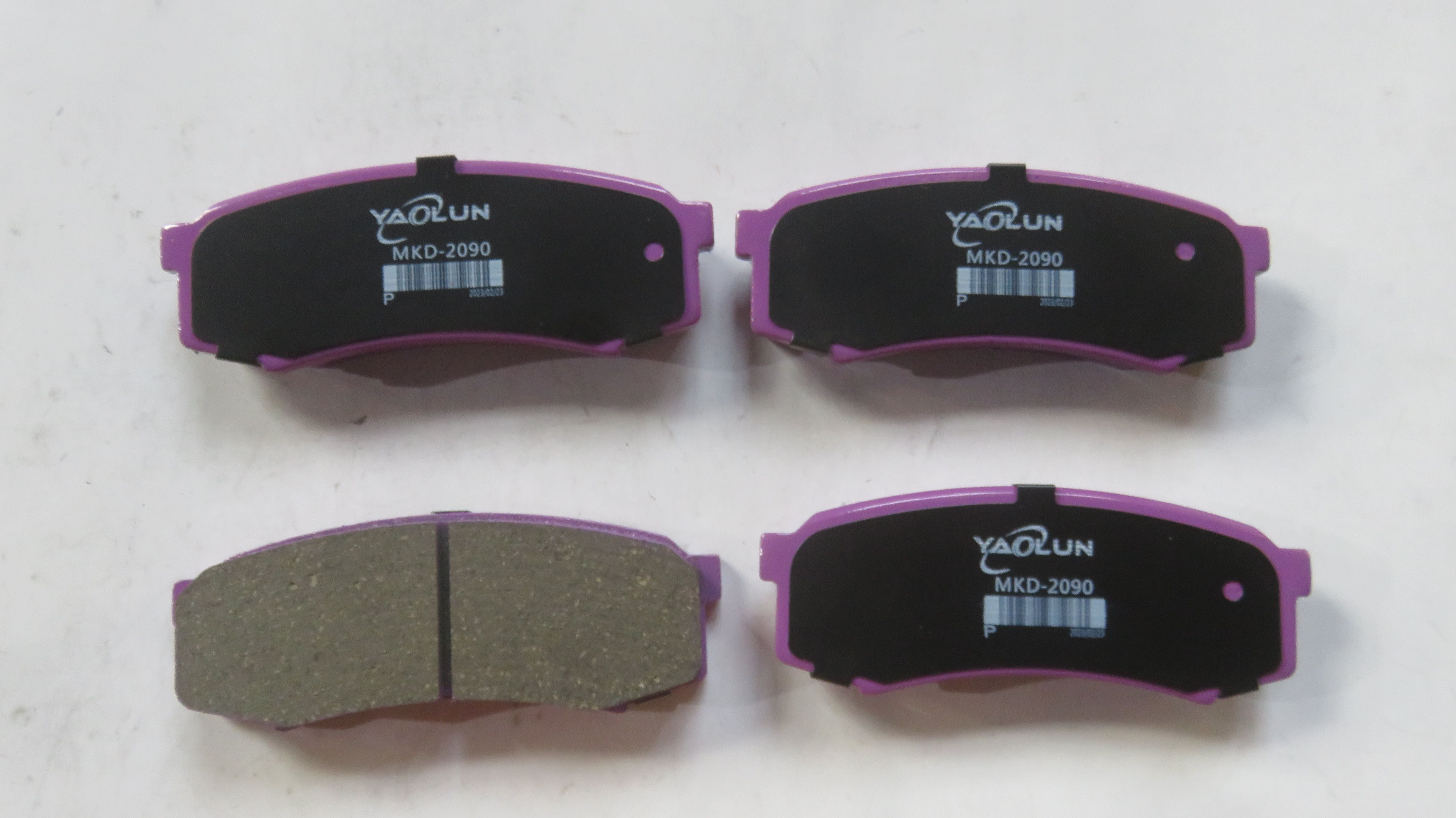
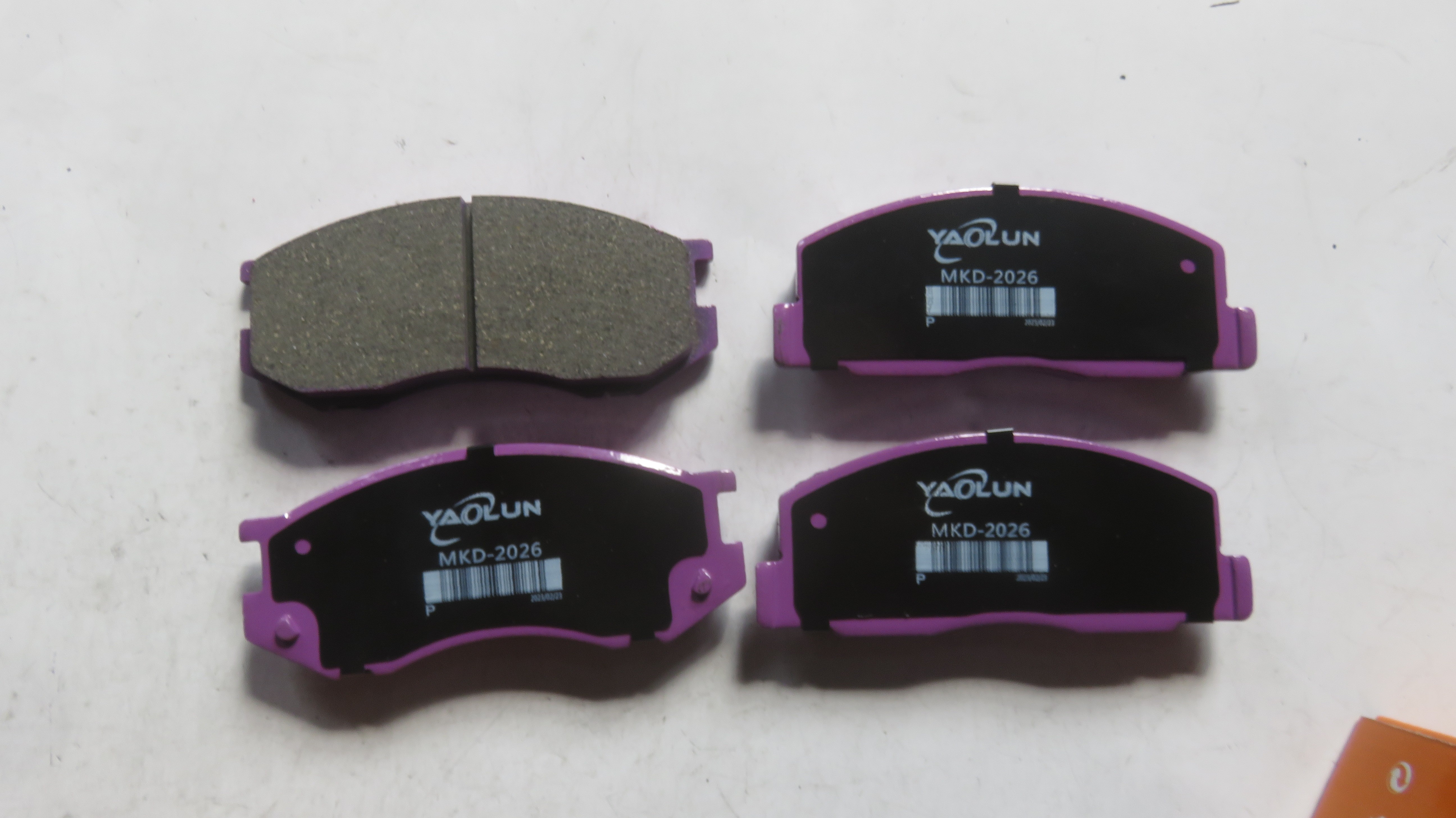
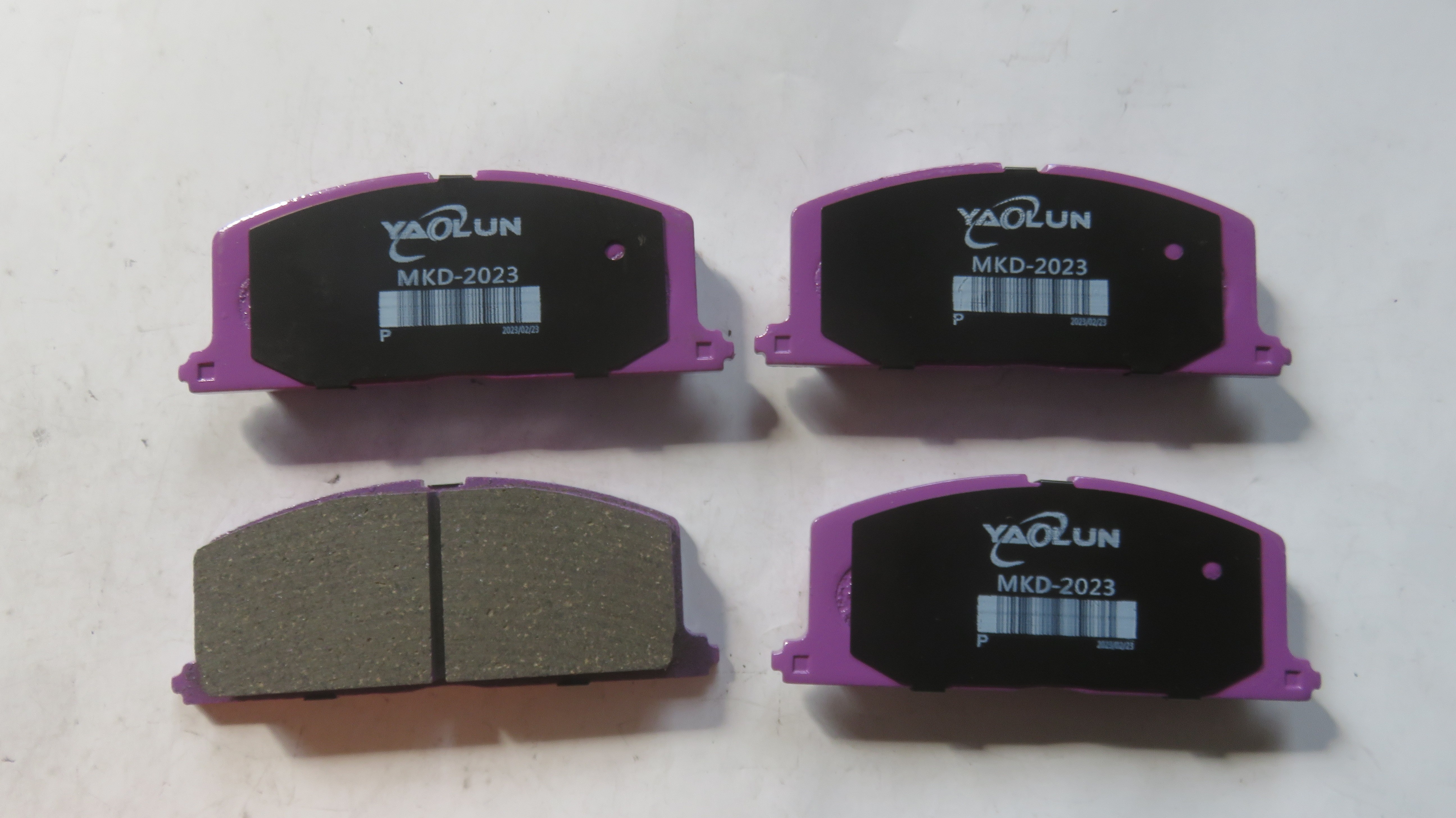
Brake pads MKD2023 Toyota AE90/100/110 Caldina,Carina,Corolla,corona front 1998-2002
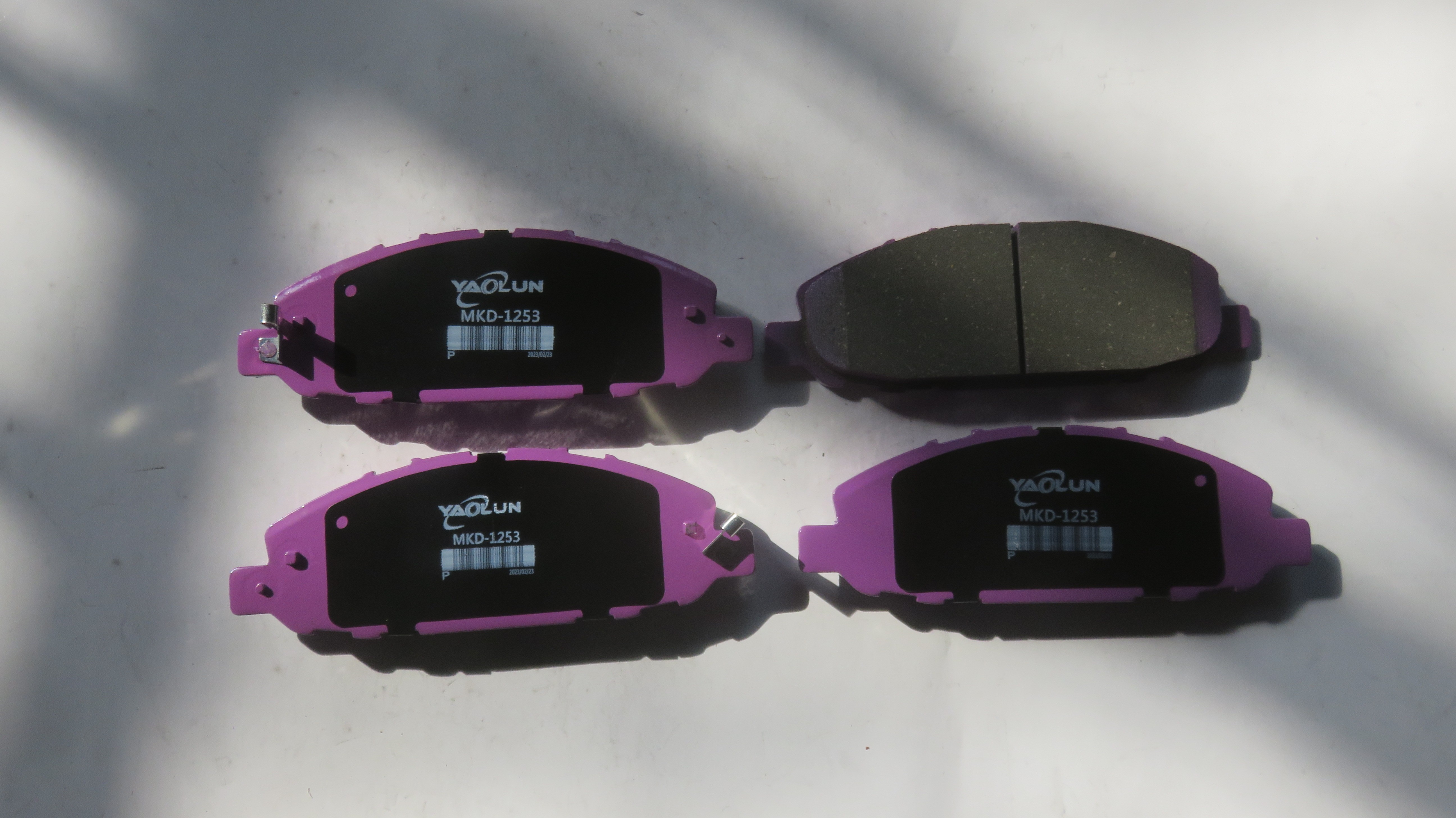
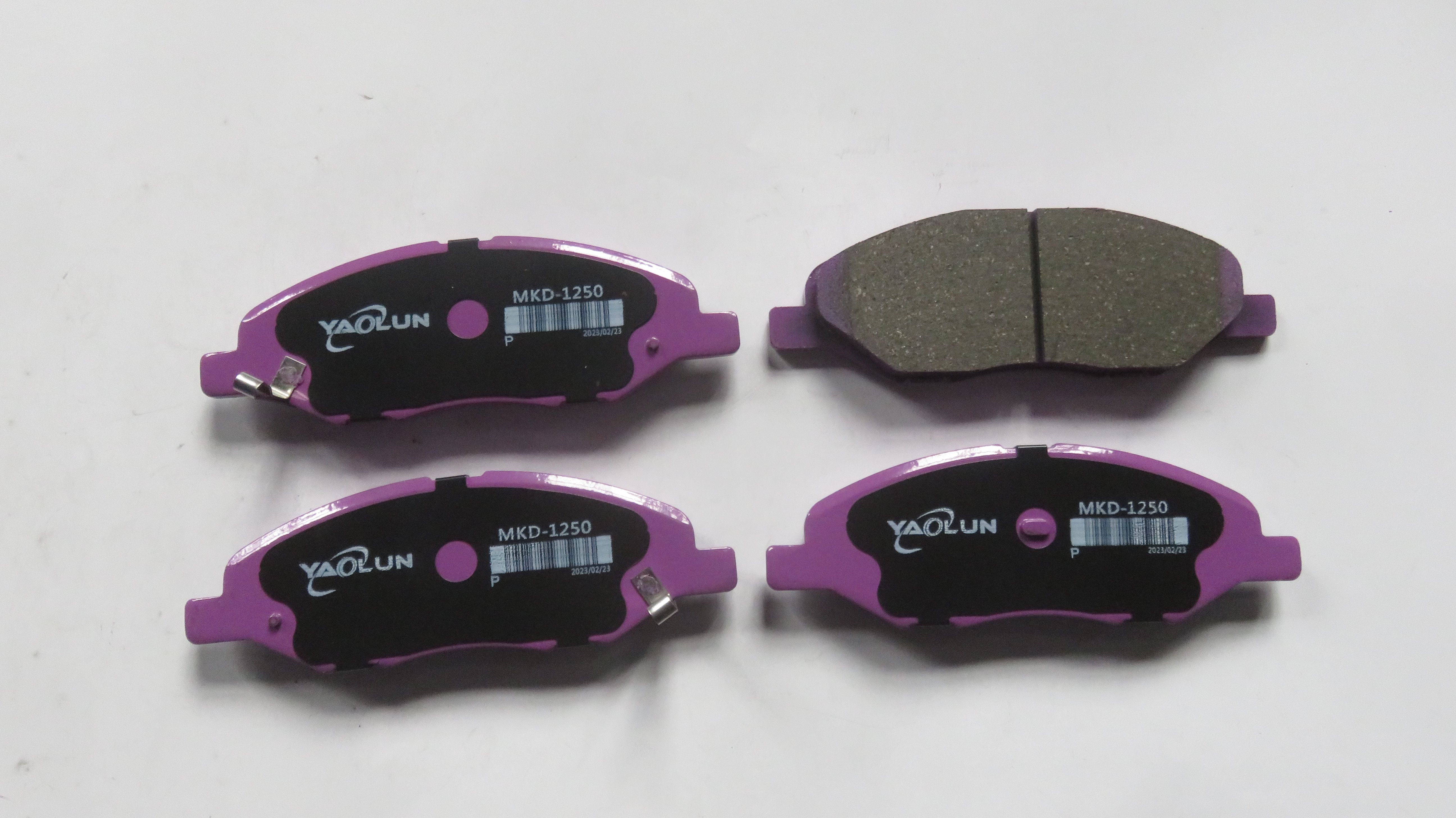
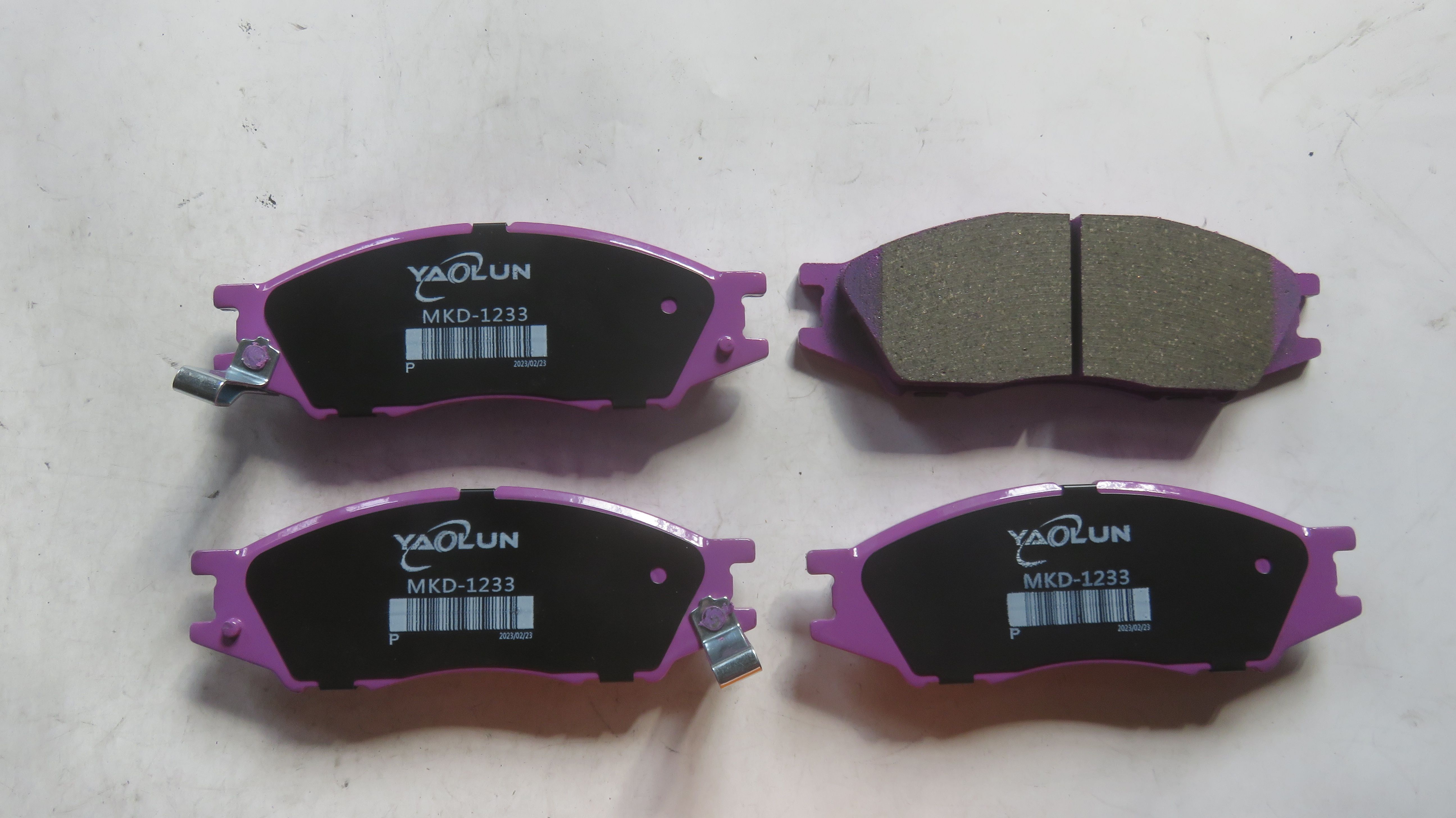
Brake pads MKD1233 NISSAN Almera II CC 1.5,1.8,2.2 2002 Front
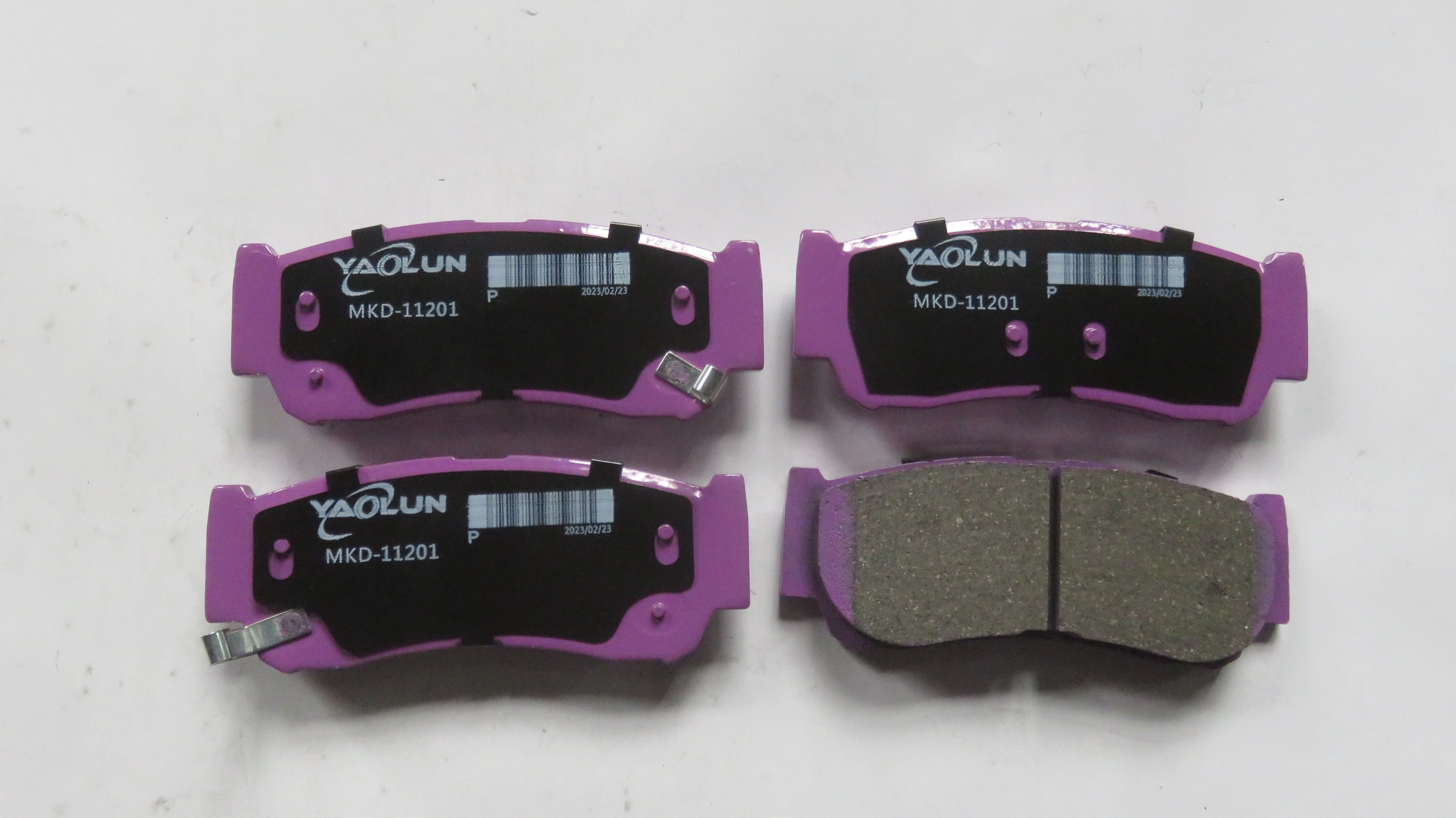
Brake Pads MKD-11201 HYUNDAI SANTA FE CC 2.2,2.7(HUATAI)front
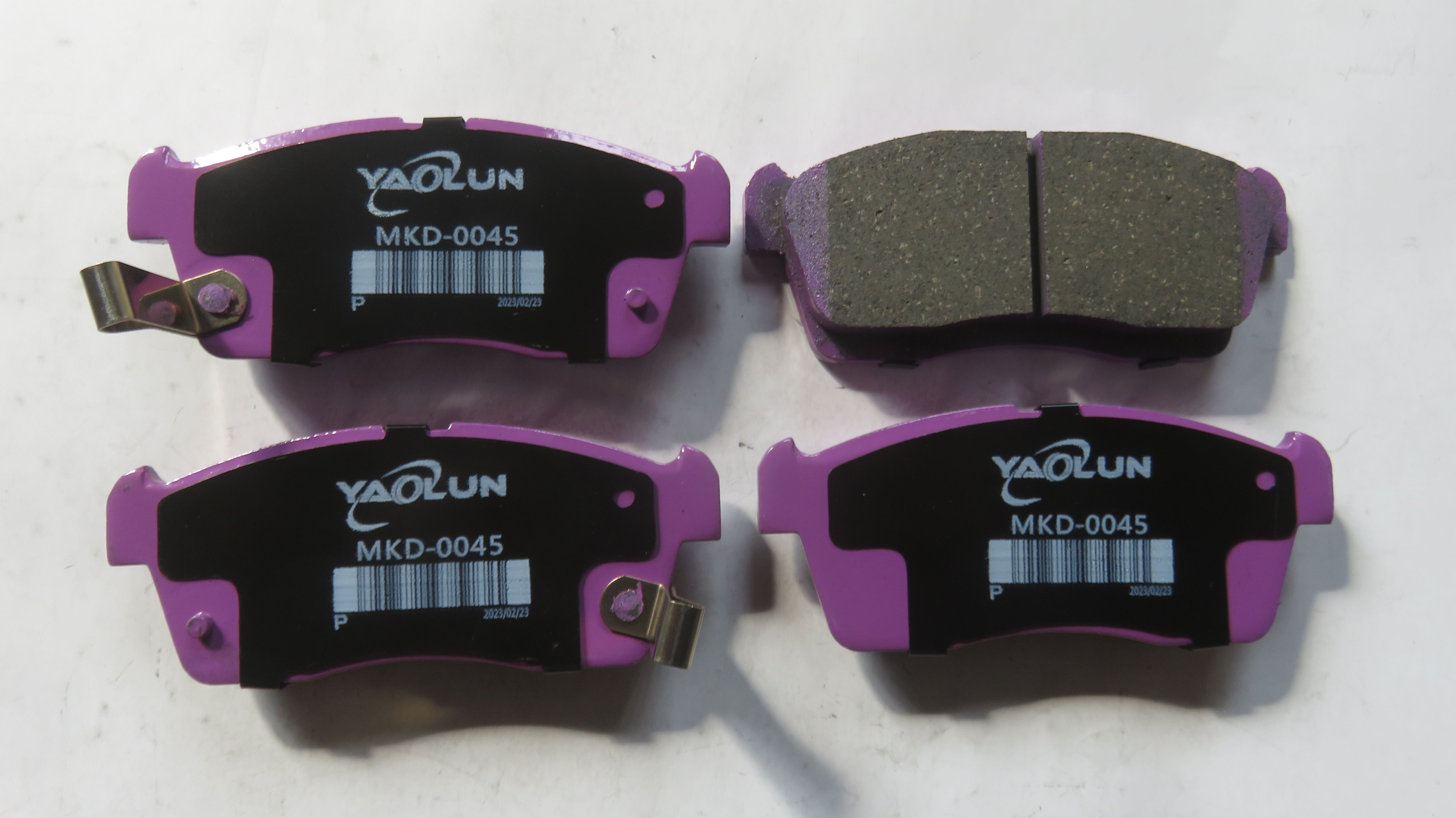
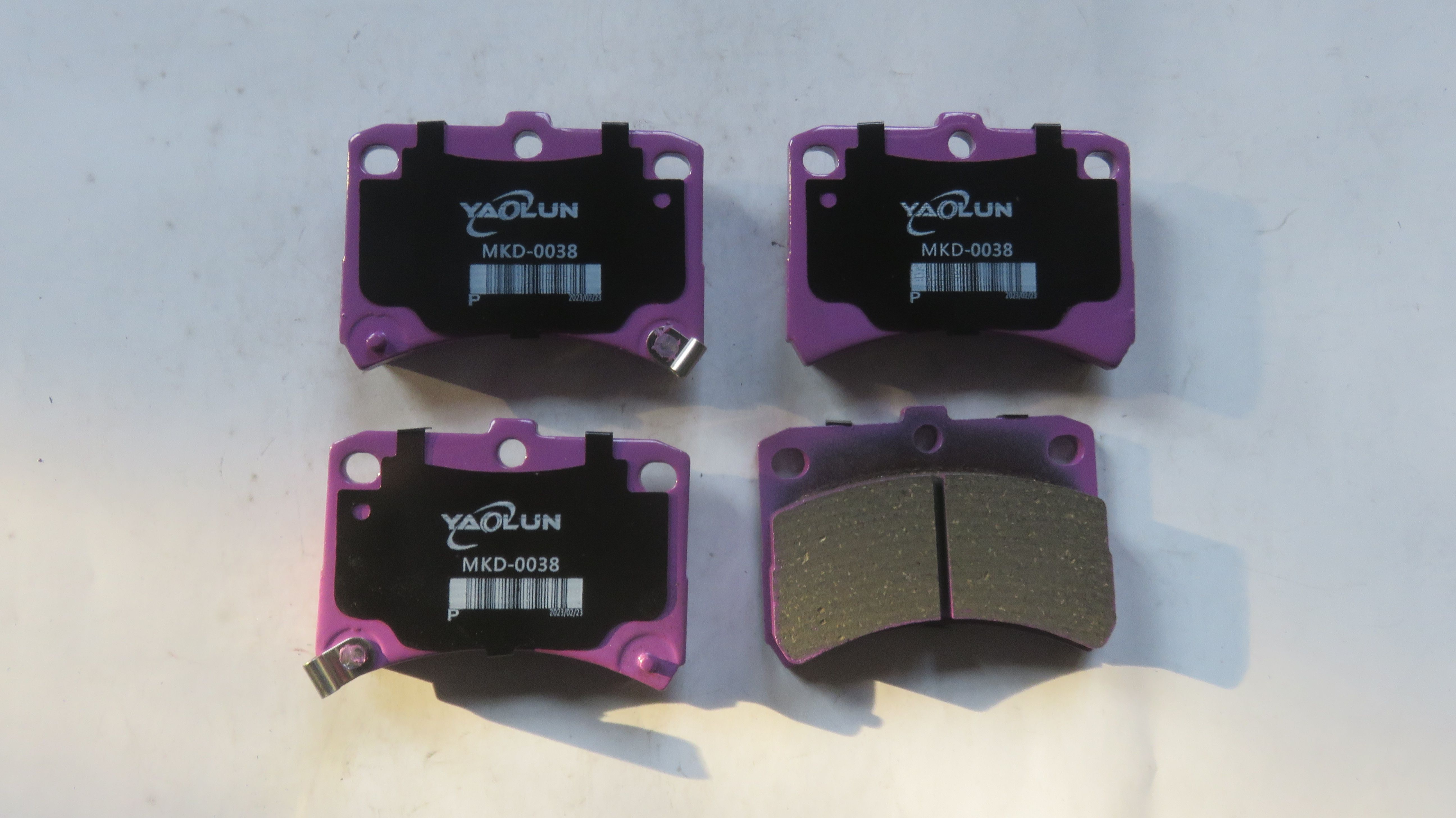
Brake pads MKD-0038 DAIHTSU Cuore VI(L7),Hijet, PERODUA,1998-2003
Navigation
>> E-mail: yaolun002@yaolunautoparts.com
>> Mob.: +86 13091010404
Subscribe To Our Newsletter
Stay in touch with us to get latest news and discount coupons
